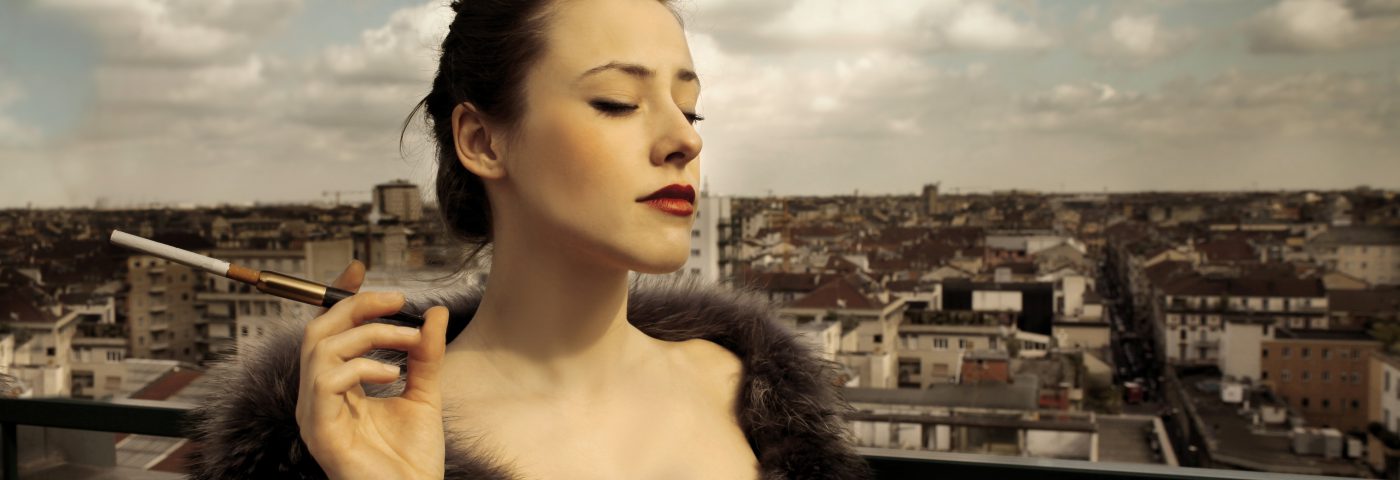Anti-pollution cosmetics, a well-established trend in Asia Pacific due to the dangerous levels of air pollution, is now going global, driven by a growing consumer desire for a healthy look. Western consumers are increasingly looking for cosmetics with benefits that not only fight the signs of ageing but also protect against pollutants.
Growing urban pollution awareness in the West and global middle-class expansion in the East will shape the purchasing patterns of anti-pollution products over the coming years. This translates into big worldwide opportunities for leading cosmetic brands. Aware of this, ingredients manufacturers have moved quickly to capture the emerging opportunities that pollution brings to the market.
City air and premature skin ageing
A recent study conducted by L’Oréal points out the link between atmospheric pollution and premature skin ageing, especially in people with sensitive skin. According to this research, people living in very populous cities have lower levels of vitamin E and squalene in sebum compared to those living in rural areas. Urban pollution – and especially particulate matter with sizes of about 2.5 microns (PM2.5) and 10 microns (PM10) – seems to be one of the main threats to skin health. These fine particles are coated with polyaromatic hydrocarbons (PAHs), heavy metals and other contaminants, which, in contact with the skin and hair, are capable of penetrating deeper layers, inducing collagen and elastin breakdown and the release of free radicals. Pollutants can cause cellular damage, dryness, inflammation and pigmentation, which are strong signs of premature skin ageing.
Unsurprisingly, cities in Asia Pacific, such as Shanghai and Beijing in China, New Delhi and Bangalore in India, and Karachi in Pakistan, are on the list of the most polluted cities in the world. According to the World Health Organisation, over 99% of the urban population in China, India and Pakistan are regularly exposed to PM2.5 concentrations higher than those recommended.
Particulate matter mean annual exposure in selected countries

Source: [PM10 Emissions: Euromonitor International from EEA, Eurostat, OECD: PM 2.5 from World Bank]
Diversification the secret for success
Anti-pollution ingredients are widely used in a wide variety of products in Asia Pacific where the worrying levels of air pollution were the inspiration for the development of these products. Asian brands such as Boroplus in India, Hua Niang and Fumakilla in China as well as Etude House in Korea and Shiseido in Japan pioneered the trend. Increasing consumer’s awareness of the effects of air pollutants on skin health and appearance is driving the demand for anti-pollution products worldwide. However, marketing of a product differs across regions. In China with the highest pollution levels in the world, health concerns are driving the trend while in the West premature skin ageing caused by pollution is the main sales driver.
Anti-pollution claims initially carried by facial skin products such as Lancôme City Miracle, REN Flash Defence Anti-Pollution Mist and Olay Total Effects are now increasingly advertised in skin cleansers, sun protection, haircare products and colour cosmetics. Sun protection products such as Clarins UV Plus Anti-Pollution SPF 50, Shisheido UV Urban Environment Protection SPF 40 and Vichy UV Pro Secure Anti UV Anti-Pollutant SPF 50 PA+++ are now addressing both pollution and UV protection.
Besides sun protection, companies are now also marketing cleansing products claimed to be able to remove pollutants from the skin, such as Tata Harper purifying cleanser, Ponds men’s pollution-out all-in-one deep cleanser or the Dermalogica’s new Daily Superfoliant. Other anti-pollution products gaining traction in the market are standard shampoos and colour cosmetics. Henkel just launched its Schwarzkopf Extra Care Purify and Protect, a haircare range of products specially designed for Asia, while Bourjois launched its City Radiance foundation back in January. In order to take advantage of the new anti-pollution wave, cosmetics companies such as Sampar with its Smart Skin in the City line, Estée Lauder’s with its Clinique City Block line, Unilever with its Pond’s Pure White Cleansing line or Clarins, with its new Hydra-Essentiel Range, is now launching entire product lines completely dedicated to combatting air pollution, driven by increasing consumer demand.
The number of anti-pollution products reaching the market is increasing and this trend is expected to continue. However, not all products claimed to fight the effects of pollution are equally effective since the anti-pollution activity of a cosmetic product depends on its anti-pollution ingredients. Although consumers are currently demanding proof of safety and efficacy of the products they buy, the majority are still not able to fully understand complicated scientific terms and they generally rely on products that meet regulation and certification requirements.
For further insight, please visit www.euromonitor.com

